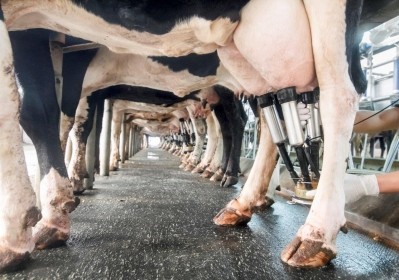OPINION
Lowering saturated fat intakes remains the goal

This is aligned with recommendations overseas and is expected to lower blood cholesterol and cut the risk of heart disease.
The report emphasises that what is eaten instead is really important, and advises that a reduction in saturated fats should be replaced by predominantly unsaturated types of fat (rich in poly- and monounsaturated fats).
A mix of different fatty acids
But what does this mean in practice, given that all sources of fat comprise a mix of different fatty acids in varying proportions?
No fat is totally saturated, although coconut oil comes closest to this, and no fat is wholly unsaturated although oils such as rapeseed, olive and sunflower are predominantly unsaturated. This is explained in a free, short online course – A Matter of Fat from the British Nutrition Foundation.
Saturated fat intakes have fallen over the past 30 years but remain above recommendations at 12% of calories.
Main sources of sat fat
The main sources have stayed unchanged: cereal products such as cakes, biscuits and pastries; milk and milk products (especially cheese); and fatty meat and meat products.
Limiting consumption of cakes and biscuits and opting for lower-fat versions of nutrient-rich milk-and meat-based foods is likely to improve overall diet quality and will reduce saturated fat intake.
Preparing food with vegetable oils rather than animal fats or coconut oil will switch the balance in favour of unsaturated types of fat.
Eating plenty of wholegrains, pulses and other fibre sources is also important for health.
- Professor Judy Buttriss is director general of the British Nutrition Foundation

















